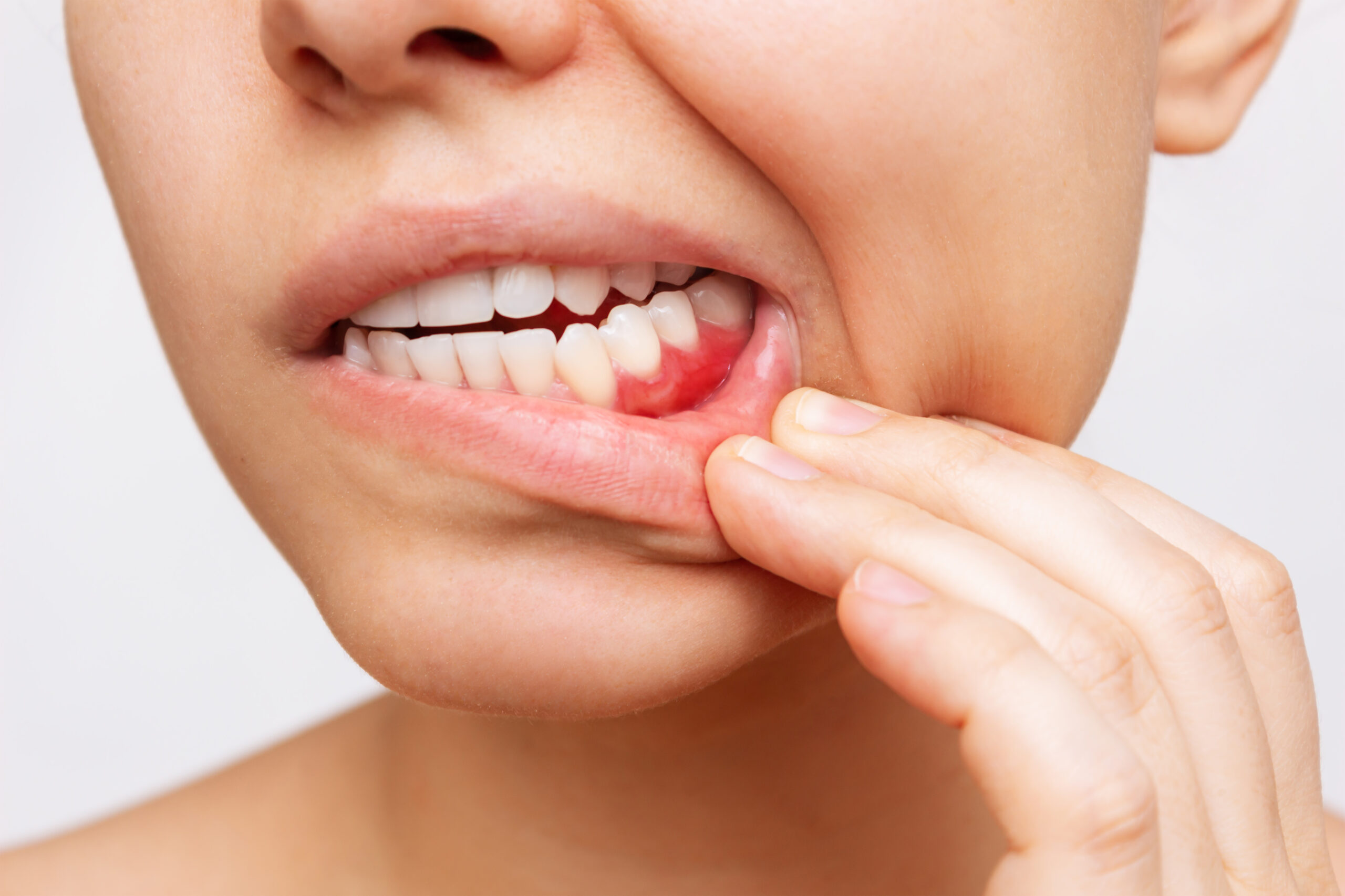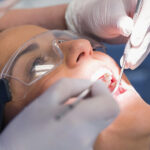Maintaining good dental health involves taking care of your teeth and gums to keep them healthy and strong. However, even with the best oral hygiene practices, tooth root exposure can still occur, which happens when the gum tissue around the tooth starts to recede and expose the root of the tooth. If left untreated, an exposed tooth root can cause pain or sensitivity and lead to serious oral health issues such as gum disease, tooth decay, and even tooth loss. If you’re experiencing early signs of gum recession or typical symptoms of an exposed tooth root, it’s critical to seek immediate treatment to prevent further damage.
Early Signs and Typical Symptoms of an Exposed Tooth Root
The early signs of an exposed tooth root can be easy to miss, as they are often subtle and may not cause pain or discomfort. However, it’s important to pay attention to any changes in your teeth and gums, as catching an exposed tooth root early can prevent more serious issues down the line. Some typical symptoms of an exposed tooth root include:
- Sensitivity to hot or cold temperatures
- Pain or discomfort when biting or chewing
- Gum recession, or a “longer” appearance of the tooth
- Discoloration or darkening of the tooth
- Swelling or tenderness in the gums around the affected tooth
If you are experiencing any of these symptoms, it’s important to see your dentist right away for an evaluation. They can determine whether your tooth root is exposed and recommend the best course of treatment.
Options for Fixing Your Exposed Tooth Root

If you’re experiencing an exposed tooth root, there are several options available for fixing the problem. The type of treatment you receive will depend on the severity of the issue, as well as your personal preferences. Here are a few options your dentist may recommend:
-
Improved oral hygiene
In mild cases of gum recession, improving your oral hygiene habits may be enough to stop the progression of the condition. This includes brushing twice a day with fluoride toothpaste, flossing daily, and using an antibacterial mouthwash.
-
Gum graft
A gum graft is a surgical procedure that involves taking tissue from another part of your mouth and attaching it to the affected area. This can help cover the exposed tooth root and protect it from further damage.
-
Root canal
In some cases, a root canal may be necessary to treat an exposed tooth root. During a root canal, the dentist will remove the damaged or infected pulp from the tooth and fill it with a special material to prevent further damage.
-
Orthodontic treatment
If your exposed tooth root is caused by misaligned teeth, orthodontic treatment may be necessary. Straightening your teeth can help prevent further damage to the gum tissue and tooth root.
-
Crown lengthening
If the tooth is not long enough to support a dental crown, your dentist may recommend a crown lengthening procedure to remove some gum tissue or bone and expose more of the tooth’s surface.
-
Tooth extraction
In severe cases where the tooth is beyond repair, your dentist may recommend extraction of the affected tooth.
Preventing Future Issues and Keeping Your Teeth Healthy
Once your exposed tooth root has been treated, it’s important to take steps to prevent future issues and keep your teeth and gums healthy. This includes:
-
Maintaining good oral hygiene habits
Brushing twice a day with fluoride toothpaste, flossing daily, and using an antibacterial mouthwash can help to prevent gum disease, tooth decay, and other oral health issues.
-
Getting regular dental checkups
Visiting your dentist every six months for a checkup and cleaning can help to catch any issues early and prevent more serious problems down the line.
-
Addressing misaligned teeth
Misaligned teeth can put extra pressure on certain areas of your mouth, leading to gum recession and other oral health issues. If you have misaligned teeth, consider orthodontic treatment to correct the issue.
-
Avoiding tobacco and excessive alcohol consumption
Tobacco use and excessive alcohol consumption can increase your risk of gum disease and other oral health issues. Quitting smoking and limiting your alcohol intake can help to keep your teeth and gums healthy.
If you’re experiencing any of the symptoms of an exposed tooth root or have concerns about your oral health, it’s essential to seek treatment as soon as possible. At Madison Dentistry, we offer a range of services to keep your teeth and gums healthy, including gum grafts, root canals, and other treatments for oral health issues. Contact us today to schedule a consultation and learn more about how we can help you maintain optimal oral health.




